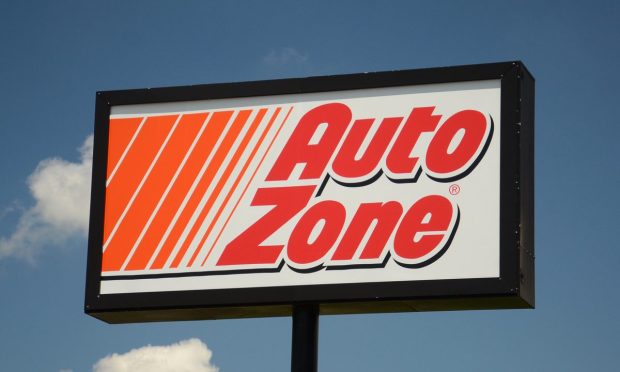AutoZone Invests in Tech to Power Growth

Auto parts retailer AutoZone, Inc. on Tuesday (Sept. 21) said its fourth-quarter net sales were $4.9 billion for the 16-week period ending Aug. 28, up 8.1% from the same time in 2020.
The company also saw domestic same-store sales jump 4.3% in the fourth quarter of fiscal 2021. The commercial segment of the business was up 21.2% in the quarter over the same time in 2020.
“Our strong sales and earnings this quarter are a testament to our AutoZoners’ ongoing commitment to going the extra mile for our customers,” said Bill Rhodes, chairman, president and CEO, in the AutoZone announcement.
AutoZone’s gross profit dipped in the fourth quarter of fiscal 2021 as the company focused on growing its commercial segment and operating expenses were up slightly as AutoZone increased its payroll, especially in the sales and customer service departments.
AutoZone is also spending more money on technology “to underpin our growth initiatives,” said Rhodes.
“The investments we are making continue to strengthen our competitive positioning in all the sectors and markets we compete,” he said. “We are optimistic about our growth prospects heading into our new fiscal year.”
AutoZone ended fiscal 2021 with sales of $14.6 billion, up 15.8% from 2020, with domestic same-store sales up 13.6% from one year earlier. Inventory increased 3.7% over 2020 thanks to new stores and new products.
The company opened 76 new stores in the U.S. during the fourth quarter of fiscal 2021, 29 in Mexico and five in Brazil. That gives them 6,051 locations in the U.S., 52 in 664 in Mexico and 52 in Brazil.
Related: Heavy Traffic Is Good News For Auto Parts Retailers
The 2021 Joint Channel Forecast Model from the Automotive Aftermarket Suppliers Association (AASA) and the Auto Care Association shows that U.S. light-duty automotive aftermarket sales will rise more than 11% this year to $325 billion.
Bill Hanvey, president and CEO of the Auto Care Association, said in June that “increased reliance on personal transportation, coupled with shifts in consumer purchase and maintenance behavior, primes the aftermarket for continued growth.”
